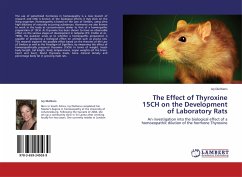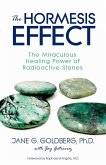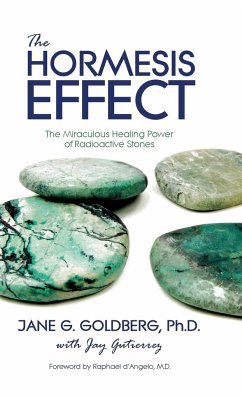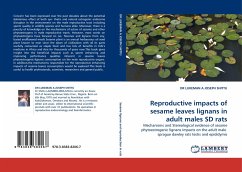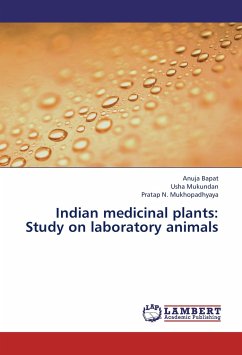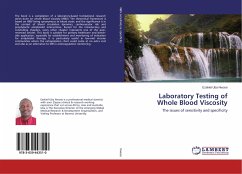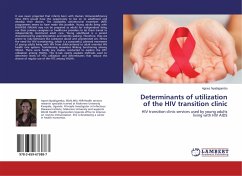The use of potentized hormones in homoeopathy is a new branch of research and little is known of the biological effects it may elicit on the living organism. Homoeopathy is based on the Law of Similars, using ultra high dilutions of naturally occurring substances. Hormones are also known to work in the body at concentrations similar to that of a homeopathic preparation of 15CH. As thyroxine has been shown to have an observable effect on the various stages of development in tadpoles (P.C. Endler et al., 1994), the question arises as to whether a homeopathic preparation is capable of producing a biological effect on animals such as young rats. This research explores the possible effect based on the theories of the Law of Similars as well as the Paradigm of Signifiers, by measuring the effect of homoeopathically prepared thyroxine (15CH) in terms of weight, head-body length, tail length, body temperatures, organ weights (of the brain, heart and liver), blood thyroxine levels, bone mineral density and percentage body fat in growing male rats.
Bitte wählen Sie Ihr Anliegen aus.
Rechnungen
Retourenschein anfordern
Bestellstatus
Storno

